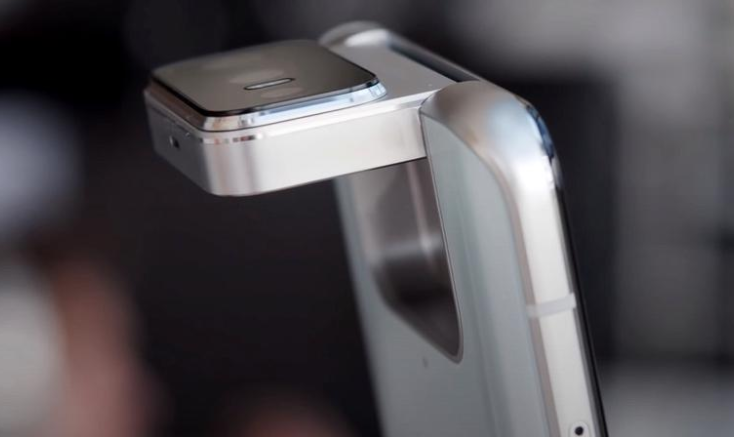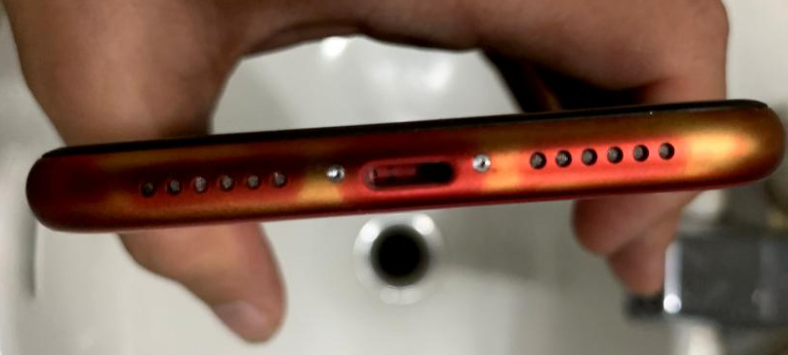
Asus has created a new flip-up mechanism for the Zenfone 7 Pro, which eliminates the need for a second camera on the front of the phone. But how well made this mechanism is and what the disassembled Zenfone 7 Pro looks like.
Zenfone 7 Pro is one of the few phone models that uses the flip-up design to deploy a retractable camera. The predecessor Zenfone 6 also used the same principle, but the new model improves the mechanism inside.
Zenfone 7 Pro, an easy to repair phone
Thus, if the Zenfone 6’s automatic rotation motor is next to the camera mode, the Zenfone 7 integrates it into its module. Obviously, the new mechanism is more compact, the space gained being capitalized by including a triple-camera photo module.
However, the space constraints have not completely disappeared, the space occupied by the camera module forcing Asus engineers to come up with creative solutions to accommodate the other electronic components. Like the previous model, Zenfone 7 Pro divides the electronic board into two overlapping halves, the space between them being crossed by two heatpipes that take over the heat released by the chipset and the power floor. The cooling circuit ends in an element in the shape of a piece of copper, glued to the back of the screen using a heat-conductive adhesive. Thus, the metal chassis of the housing and the screen act as a radiant element for heat dissipation.
Immediately under the glass cover on the back of the phone you can see the wireless charging module, very easy to remove, for example, if you want to replace the battery.
Except for the parts where adhesives were used, disassembling the phone is relatively simple, consisting only of removing the screws and detaching the “ribbon” type connectors. Unfortunately, the adhesive mentioned above and the thermal paste applied in certain areas make it difficult to clean and restore the phone to its original state, there is a possibility that the phone repaired and improperly assembled may later have problems with overheating.





